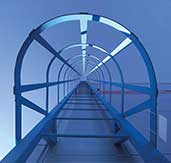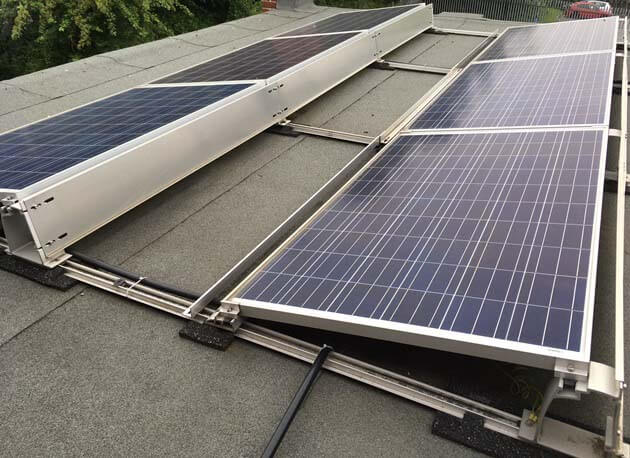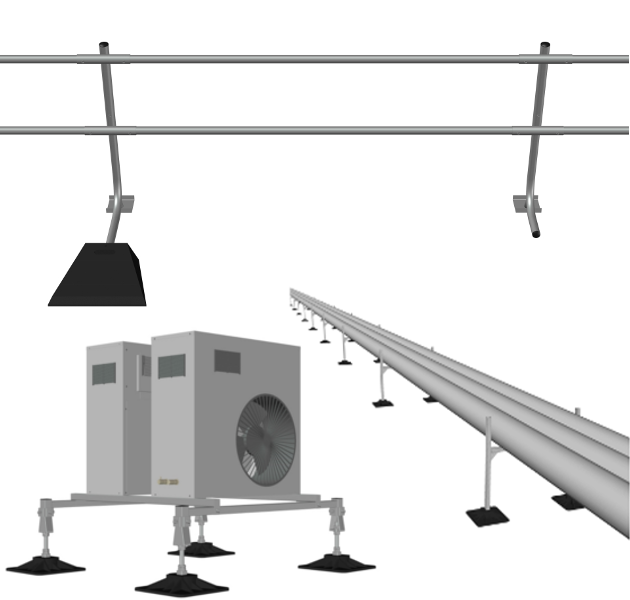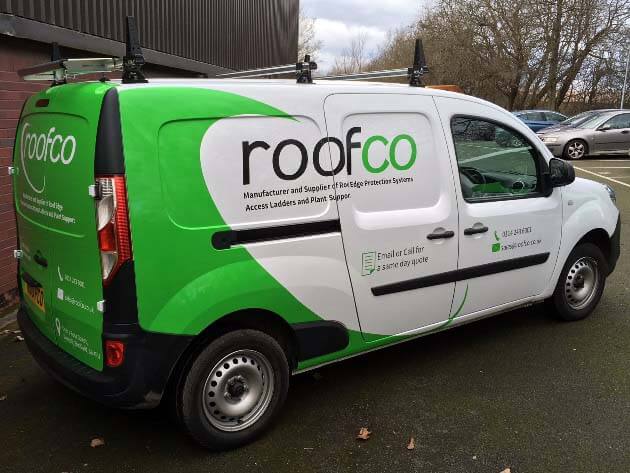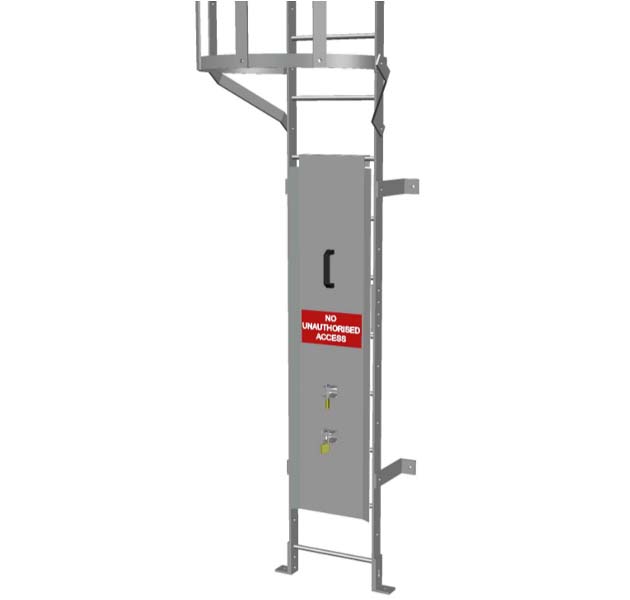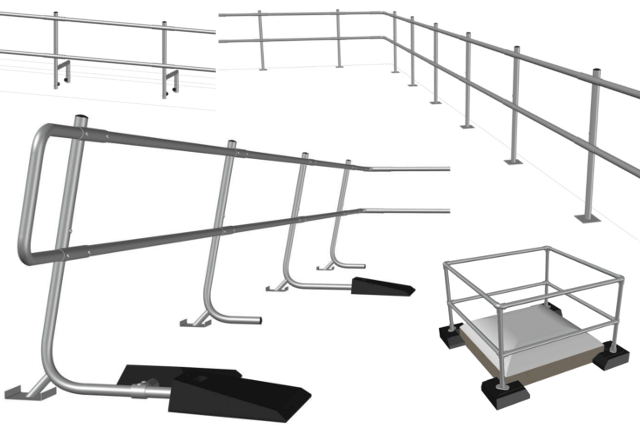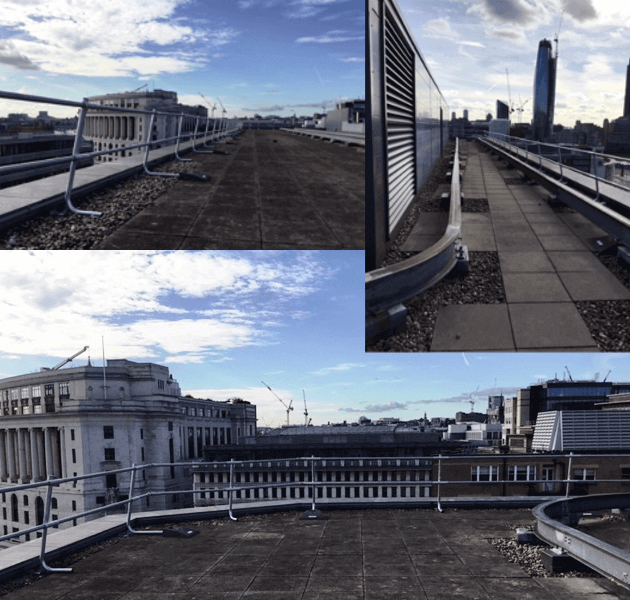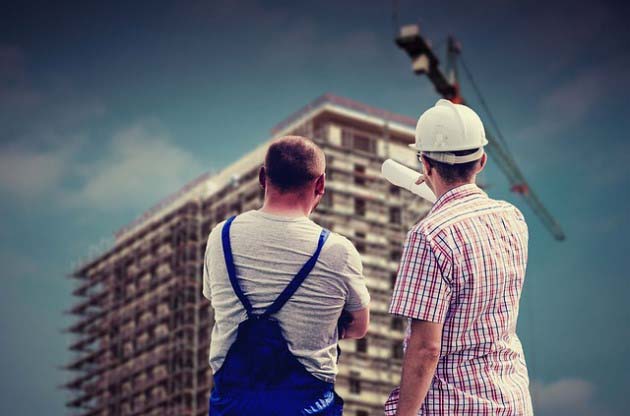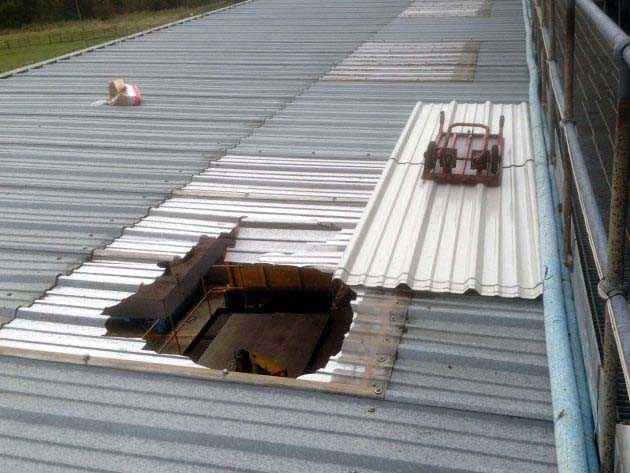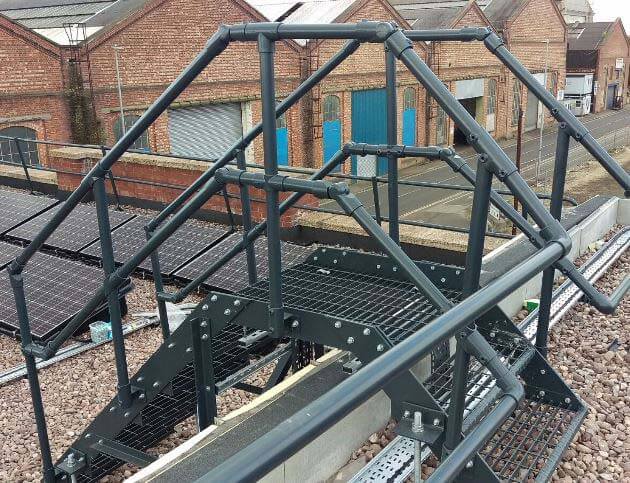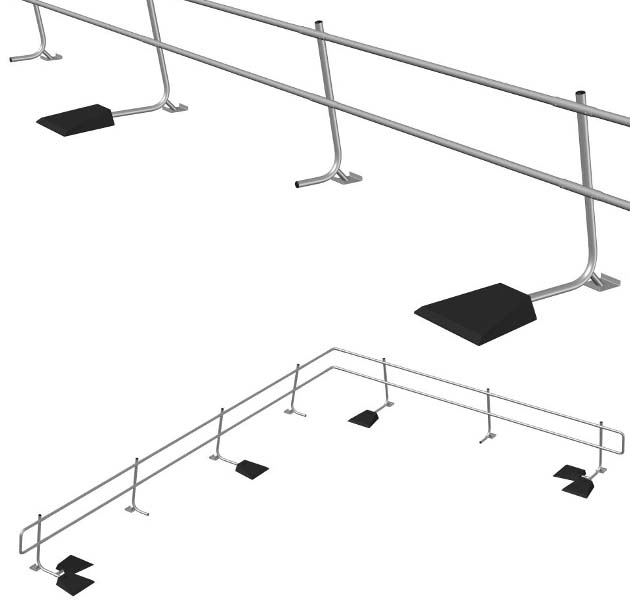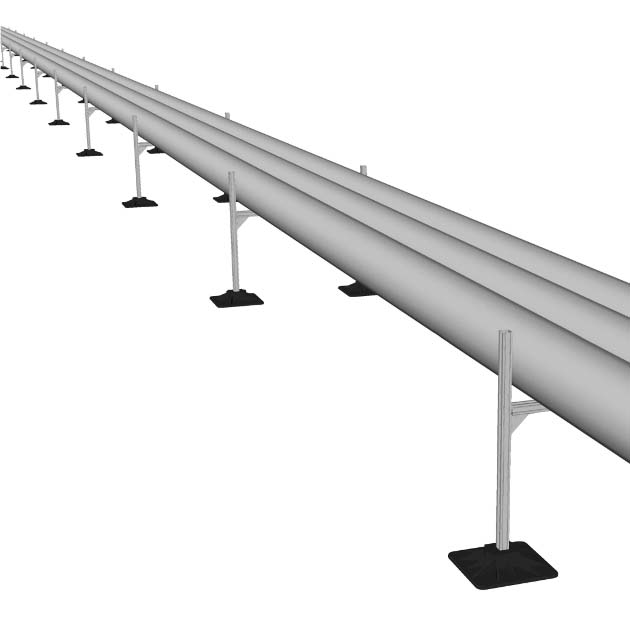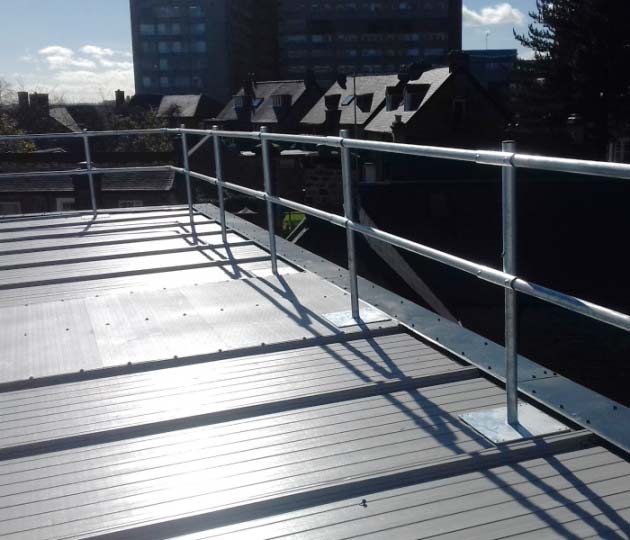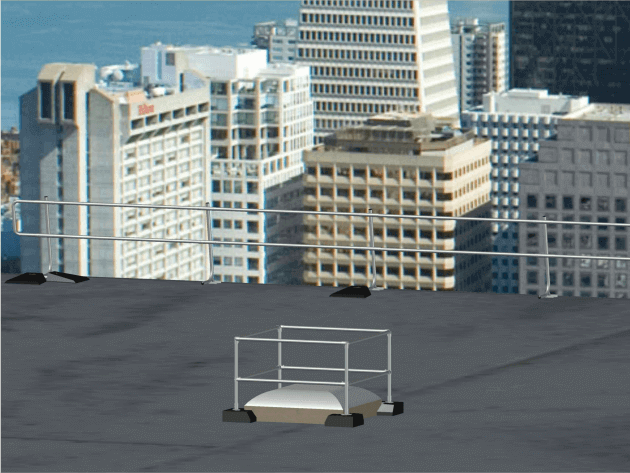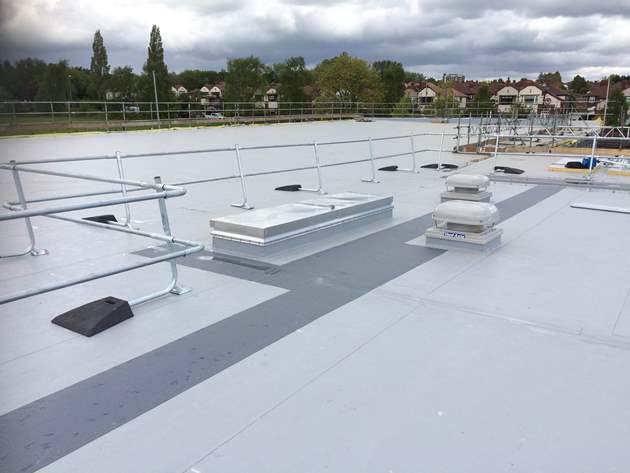Your roof safety strategy probably consists of ad-hoc inspections, repairs when a leak occurs, or leaving it up to your contractors to provide personal protection equipment. Protect your business reputation, and reduce liability, by creating a simple yet effective roof safety strategy.
Rather than doing work as and when it’s required, a comprehensive roof safety strategy will do two things:
1) It’ll save you money in the long-term by preventing potential hazards (such as unrecognised wear and tear causing major leaks), and
2) It’ll help protect your business liability to anybody working on your roof at any time, as your rooftop will always be safe to access.
It’s really easy to introduce an integrated roof safety strategy to ensure consistent management of the premises and roofing contractors at all times. There are three key steps involved:
- Conduct Regular Roof Safety Assessments
Regular inspections, particularly in springtime and autumn, will help identify potential hazards before they develop into major incidents.
For example, high winds during winter could affect the integrity of plant stands or rooftop access ladders. An inspection after such adverse weather conditions will help you tackle the problem before it turns into a safety issue.
Conduct your regular inspections with roof access in mind: are all areas to be accessed safe? Is there a personal protection system, such as a roof safety guardrail, in place? Are there any areas of wear and tear that need attending to before they worsen? Remember to pay particular attention to high traffic areas, such as ledges by access ladders.
- Communicate Your Roof Safety Policies
It’s all very well making sure the roof of your business premises has top-notch safety systems in place, but you need to ensure your maintenance workers and roof contractors pay attention to the rules.
Put up clear signs on no-access areas of your rooftop, as well as indicators in areas of potential hazards. For example, be sure to indicate areas of electrical cabling and potential risks.
Make sure your roofing contractors sign an agreement that they have read and will adhere to your roof safety policies – such as not going outside of areas enclosed by safety rails. Have this signed each time, even with regular contractors, if you feel a reminder of your policies is required with each visit.
Such a waiver will help to protect your business from potential liability, particularly if your policies are not then adhered to by roofing contractors.
- Use Multiple Safety Tools And Mechanisms
Don’t rely on one safety element to protect people working at height on your roof. A safety rail around a perimeter is great for preventing falls from height – but what about tripping over hazards in the middle of the roof?
Raised cable trays, step-over access platforms, and raised plant stands are all ways to create an integrated roof safety strategy.
Systems such as rail protection around fragile roof areas, combined with perimeter safety rails, will improve the overall safety of your business premises roof.
Need Advice On The Best Roof Safety System For Your Premises?
If you’ve completed your assessments and realise that you need some help to boost your roof safety strategy, get in touch. We’ll help you to find the best solution for your budget with a no-obligation consultation.

